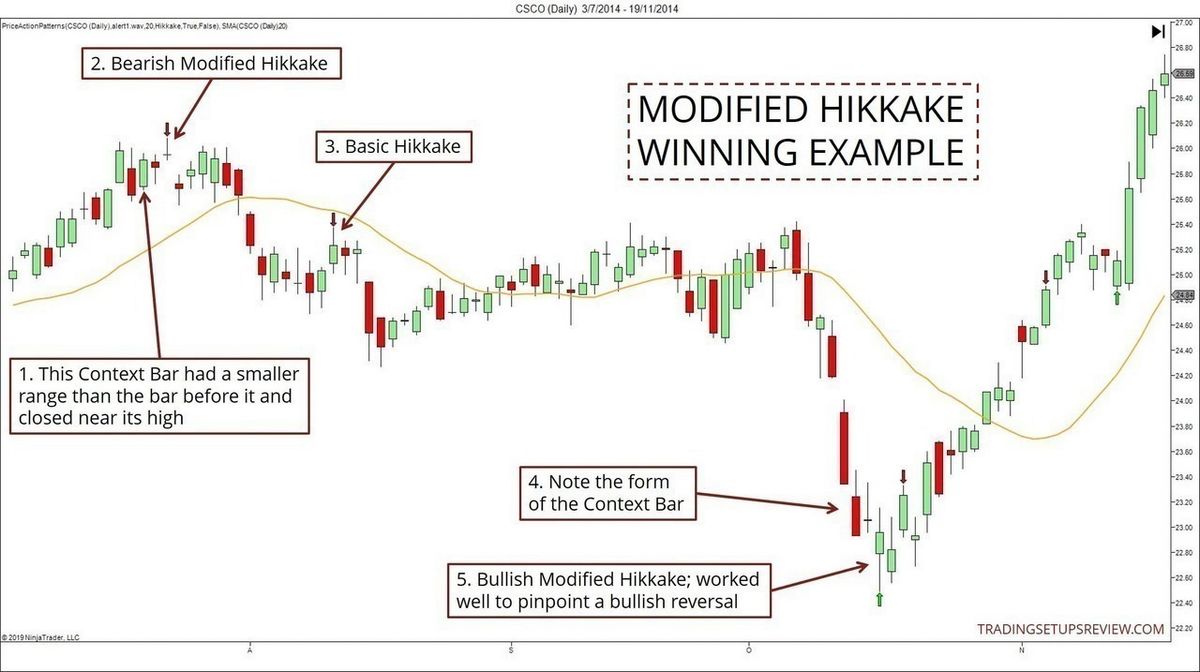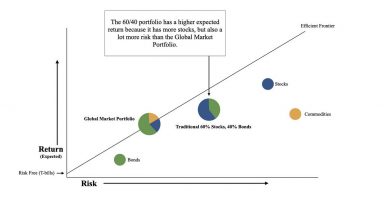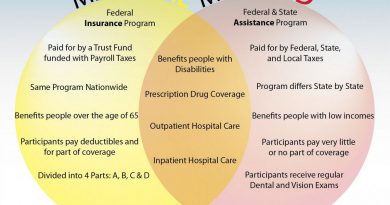Modified Hikkake Pattern What It is How It Works

Contents
- 1 Modified Hikkake Pattern: What It is, How It Works
- 1.1 What Is the Modified Hikkake Pattern?
- 1.2 Understanding the Modified Hikkake Pattern
- 1.3 Special Considerations
- 1.4 Modified Hikkake Trader Psychology
- 1.5 Example of How to Use the Modified Hikkake Pattern
- 1.6 Difference Between the Modified Hikkake Pattern and a False Breakout
- 1.7 Limitations of Using the Modified Hikkake Pattern
Modified Hikkake Pattern: What It is, How It Works
What Is the Modified Hikkake Pattern?
The modified hikkake pattern is a less frequent variant of the basic hikkake pattern and is viewed as a reversal pattern.
The concept of the modified version is similar to the basic version, except that a "context bar" is used prior to the inside price bar/candle. Therefore, the modified version consists of a context bar, an inside bar, a fake move, followed by a move above (bullish) or below (bearish) the inside bar high or low, respectively.
Key Takeaways
- The modified hikkake adds a context bar to the basic hikkake pattern.
- There is both a bullish and bearish version of the modified hikkake.
- The bearish version consists of a context bar that closes near the high but has a smaller range than the prior candle. This is followed by an inside bar, then a candle with a higher high and higher low. The pattern completes when the price drops below the inside bar low.
- The bullish version consists of a context bar that closes near the low but has a smaller range than the prior candle. This is followed by an inside bar, then a candle with a lower high and lower low. The pattern completes when the price rises above the inside bar high.
Understanding the Modified Hikkake Pattern
The hikkake pattern is named after a Japanese verb that means "to trap," but Western traders may refer to the pattern as an "inside day false breakout." The pattern consists of two price bars in which the first price bar—an inside price bar—has a lower high and higher low than the previous price bar.
From here, two versions of the hikkake pattern can develop, a bullish and bearish version.
- If the next price bar after the inside bar has a higher high and higher low, this sets up a potentially bearish pattern. A short entry, or sell, is placed just below the low of the inside day.
- If the next price bar after the inside bar has a lower high and lower low, this sets up a potentially bullish pattern. A buy order is placed just above the high of the inside day.
- If a bearish hikkake pattern triggers a short trade, a stop loss can be placed above the high of the pattern.
- If a bullish hikkake pattern triggers a long trade, a stop loss can be placed below the low of the pattern.
Special Considerations
The modified hikkake requires the following characteristics of the price bar immediately preceding the inside bar:
- A close at the top of the intraday range for bearish patterns and the bottom of the intraday range for bullish patterns.
- It has a range that is smaller than the range of the previous bar.
The rest of the trading guidelines remain the same.
Traders should use the modified hikkake pattern in conjunction with other forms of technical analysis, such as chart patterns or technical indicators, to maximize their odds of success. For example, a trader could look for a bullish hikkake pattern to form during a pullback within a longer-term uptrend. The bullish hikkake may signal the end of the pullback and the re-emergence of the uptrend.
Modified Hikkake Trader Psychology
There are two versions of the pattern, let’s look at the bearish version first.
The context bar closes near the high for that period, but the overall range is smaller than the prior price bar. Then an inside bar appears, showing a pause in the buying. On the next bar, there is a push higher, with a higher high and higher low. The modified hikkake is in play, with a sell or short order placed below the inside bar low.
Right now the bulls are confident, but if the price drops below the inside bar, it could trigger a cascade of selling as those who recently bought begin to question their decision based on the recent drop. This is why the pattern is considered a reversal signal if the price drops below the low of the inside bar.
The bullish pattern occurs as prices are pushing lower. The context bar closes near the low of the period, leaving the bears feeling confident. The range of this period is smaller than the prior period though. An inside bar forms, causing some indecision. The bears push the price lower the following period, creating a lower low and lower high. The bullish reversal pattern is in play if the price rises back above the inside bar high. All those bears who recently sold will be "trapped" and could add fuel to the buying that follows. This is why the pattern is considered a reversal signal if the price rises above the inside bar high.
Example of How to Use the Modified Hikkake Pattern
The modified hikkake pattern is relatively rare to spot. The following pattern isn’t perfect as the context bar closes more toward the middle of the candle instead of near the low. Everything else in the pattern aligns with the psychology of the pattern.
Macy’s (M) daily chart was pulling back within a longer-term uptrend. There is a sharp drop followed by a smaller price bar which is the context bar. In this case, it closed near the middle of the candle. Overall though, we can see that bearish confidence is strong due to the recent price drops, which is an important part of the pattern. The next day is the inside bar. Following the inside day, the price moves lower. Four sessions later, the price rallies back above the inside candle high.
At this point, a long trade could be initiated with a stop loss below the pattern low or as determined by the trader.
The price, in this case, does continue to move higher and the trader could take profit based on their method.
Difference Between the Modified Hikkake Pattern and a False Breakout
The modified hikkake and the basic hikkake both have elements of a false breakout in that the price moves one direction following the inside bar, but then it hooks the other way. A false breakout is similar, except that it can occur anytime there is an identified support or resistance level. The price moves through the level, only to quickly reverse course in the other direction.
Limitations of Using the Modified Hikkake Pattern
The modified hikkake has rather stringent criteria, so it isn’t a common pattern. Opportunities to trade based on the pattern are limited.
While the entry point and stop loss are clearly defined with the pattern, implementing profit-taking measures is up to the trader, as the pattern doesn’t provide a profit target.
It should not be assumed that the price will break out in the expected direction. The basic hikkake can result in a reversal or continuation of the prevailing trend. The modified hikkake may limit the trader from seeing other opportunities if they solely focused on waiting for the price to move above or below the inside bar high/low.



